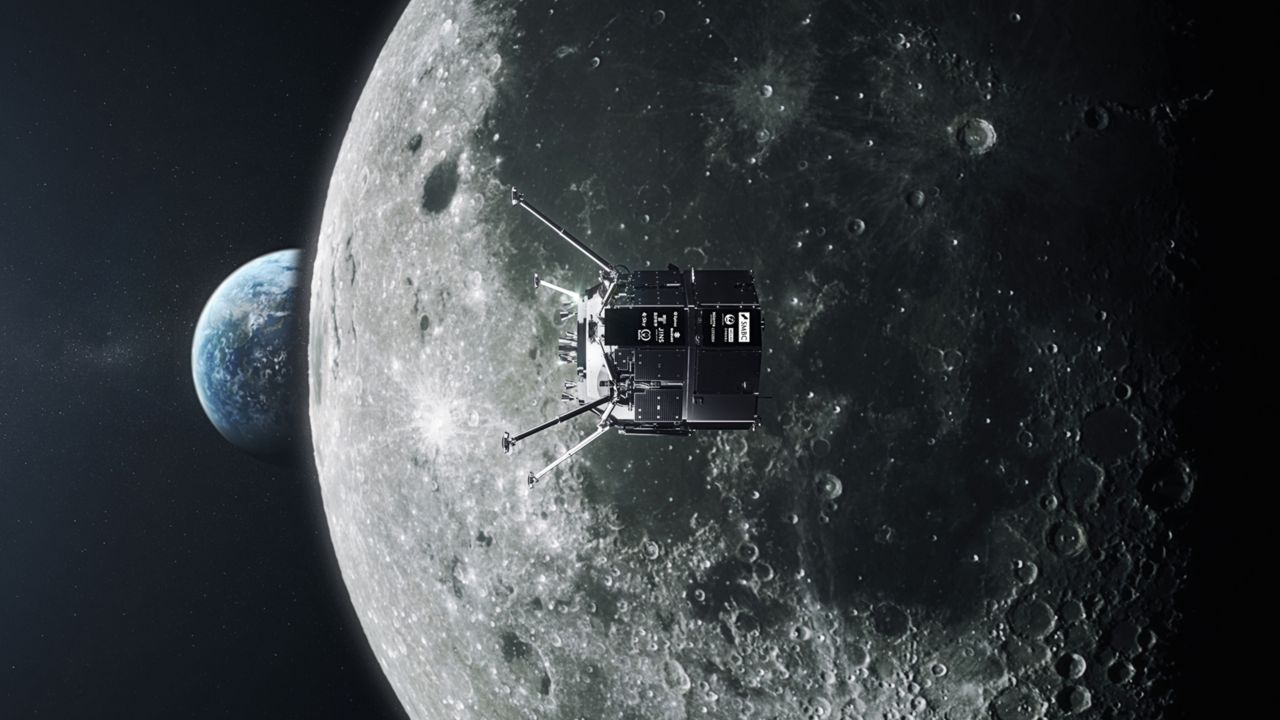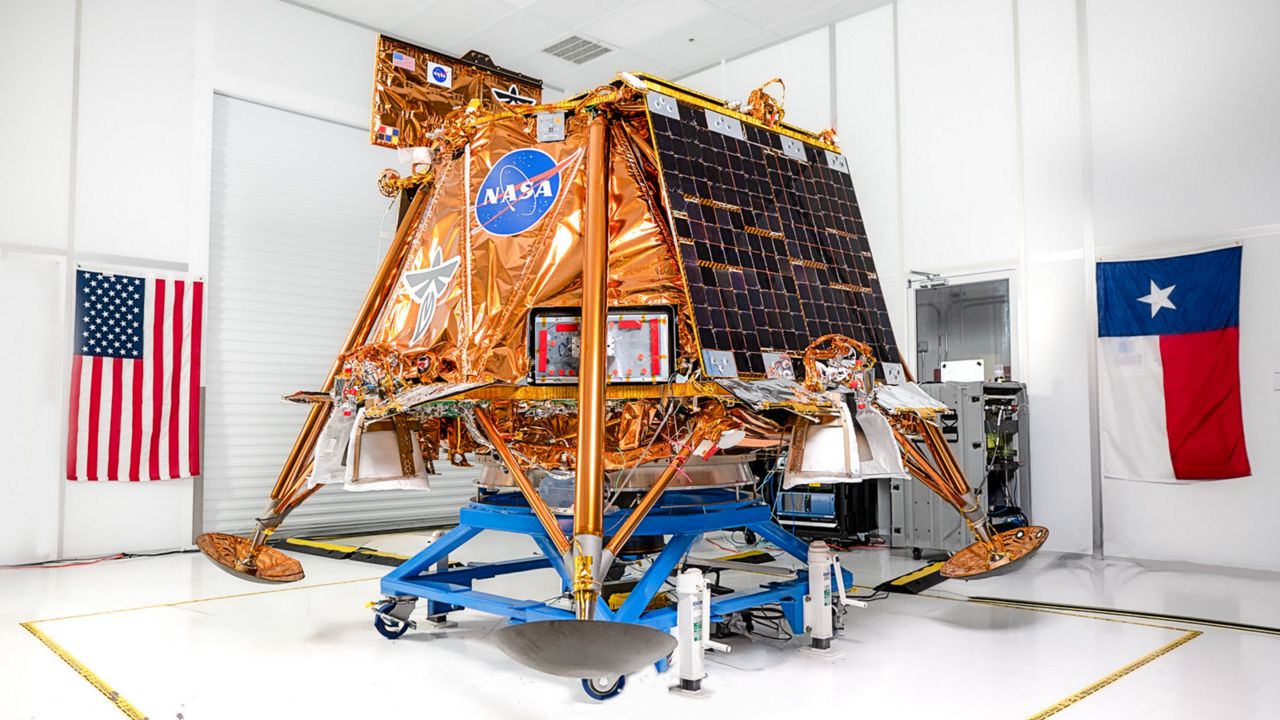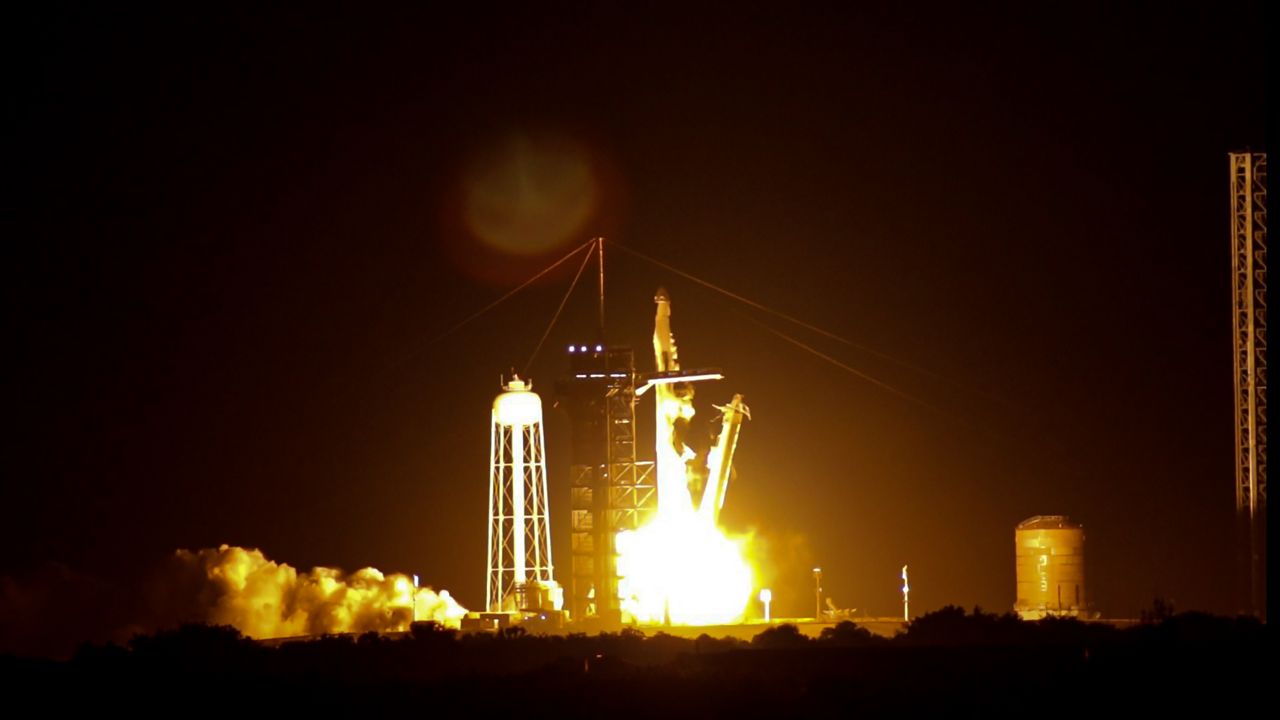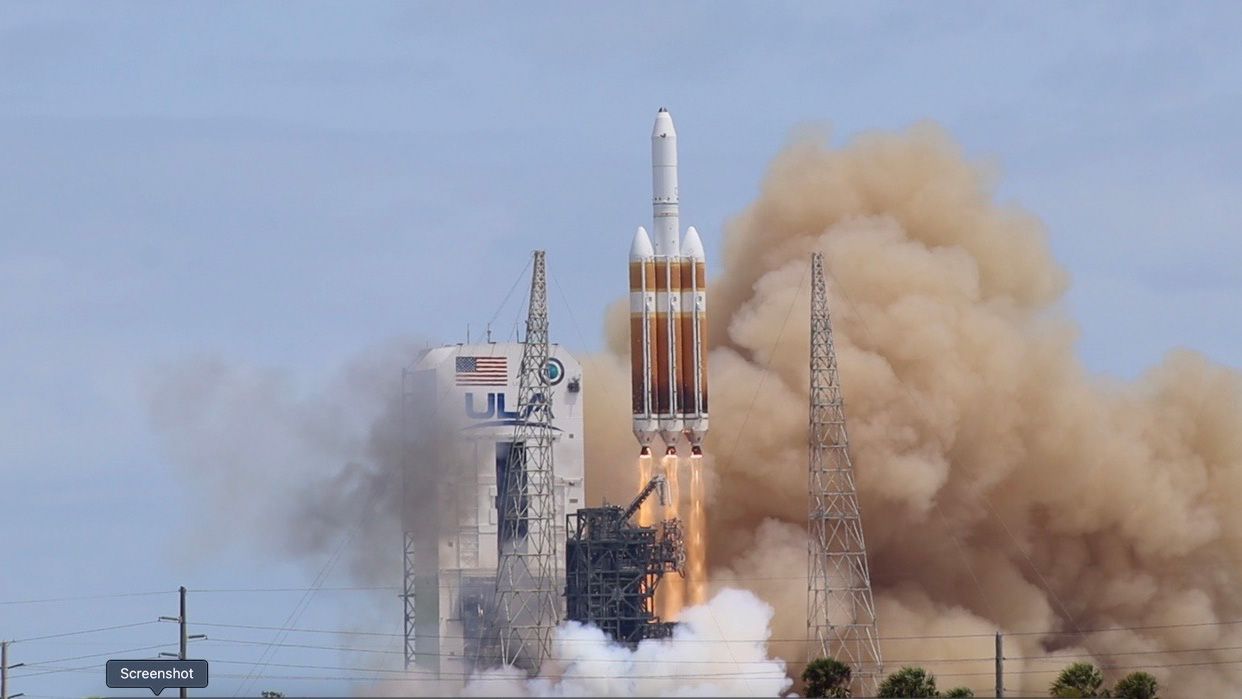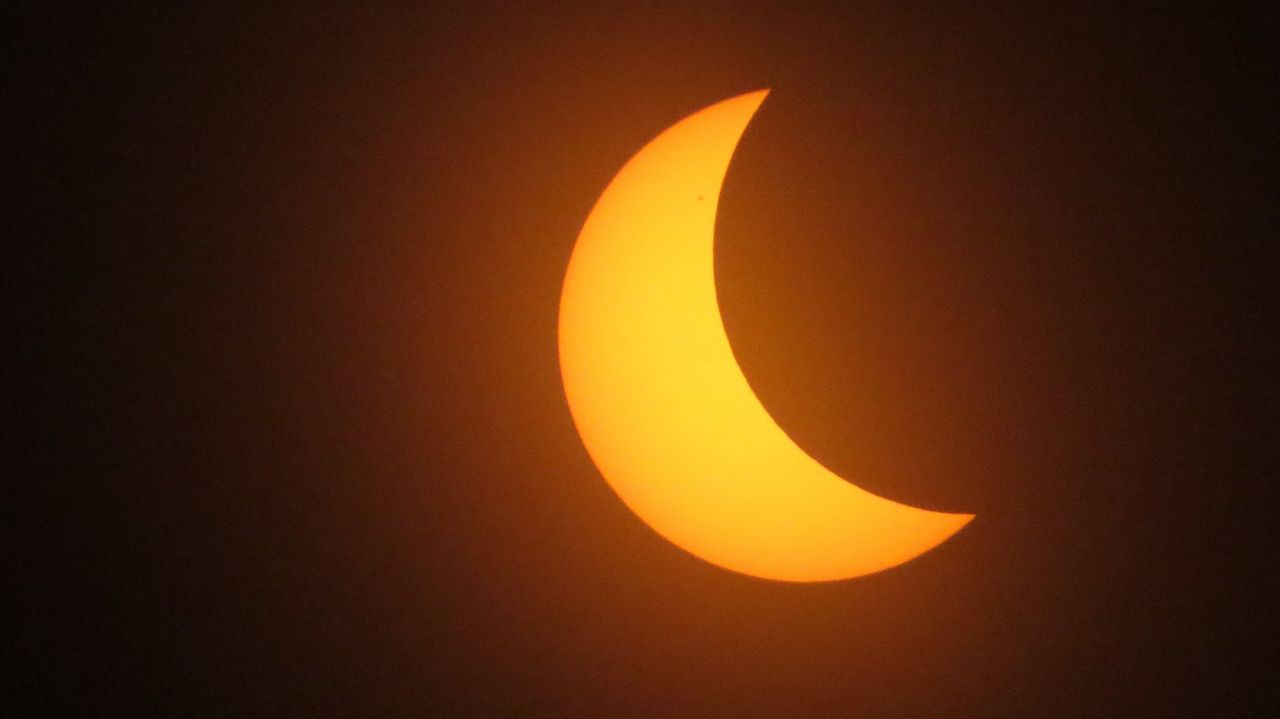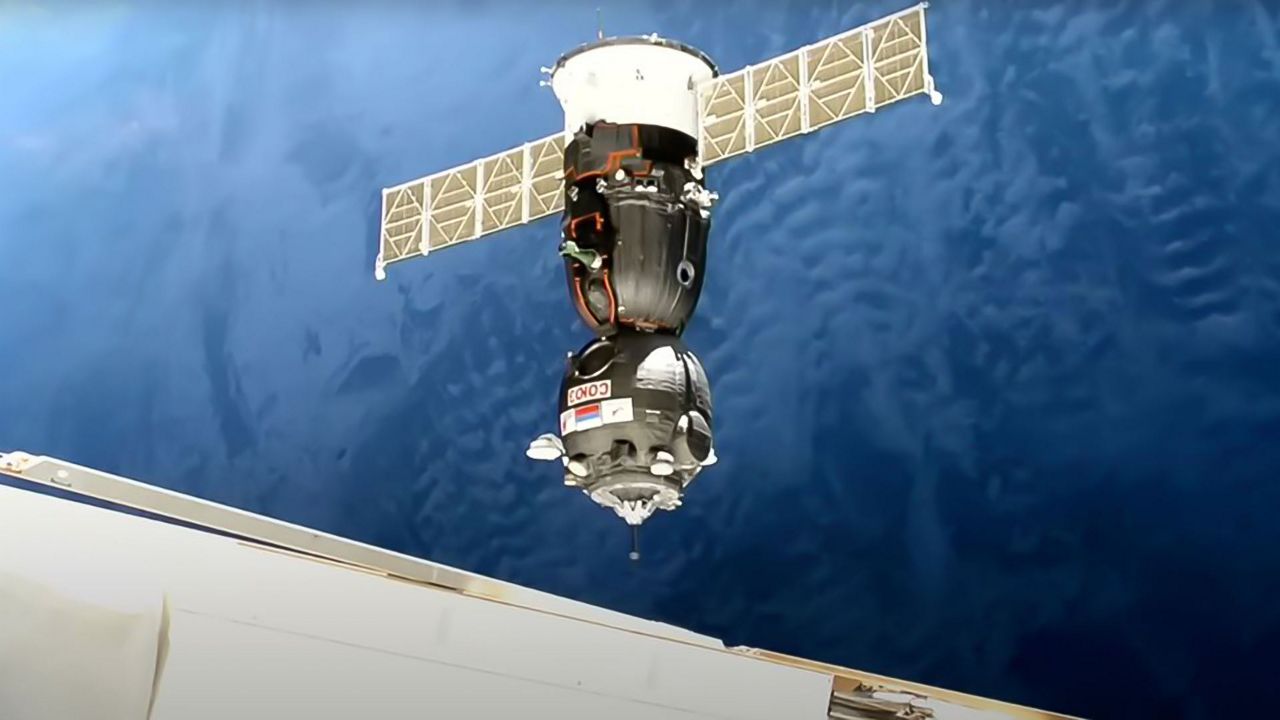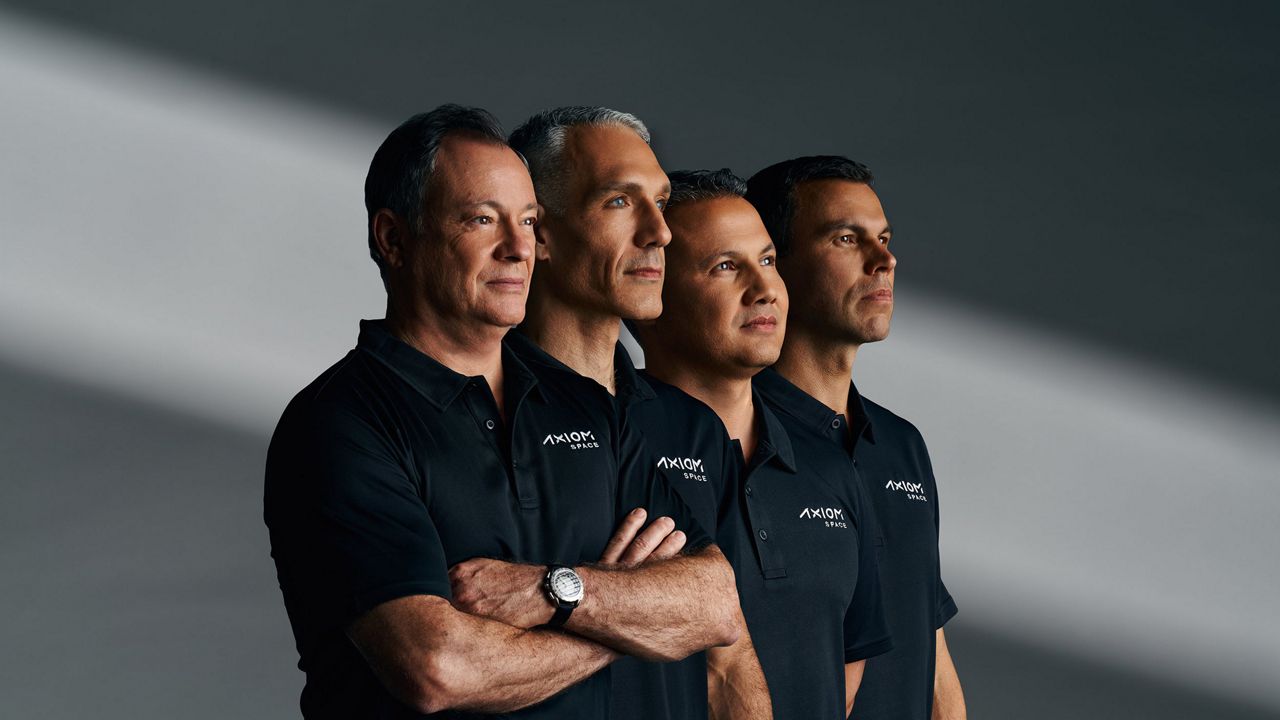KENNEDY SPACE CENTER, Fla. — The Japanese company ispace that attempted to send a lunar lander to the moon in 2023 plans to launch its HAKUTO-R Mission 2 in mid-January.
What You Need To Know
- The launch is set to happen on SpaceX's Falcon 9 rocket from the Kennedy Space Center
- The HAKUTO-R lunar lander named RESILIENCE and micro lunar rover called TENACIOUS are going to the moon
- This is the second moon mission for private Japanese company called ispace
SpaceX’s Falcon 9 rocket will launch the mission from the Kennedy Space Center, along with Firefly Aerospace’s own Blue Ghost lunar lander.
The company’s HAKUTO-R lunar lander named RESILIENCE and TENACIOUS, a micro lunar rover, will take about 45 days to reach Earth’s tidal twin, but they will orbit the moon between four to five months before landing, stated ispace in a press release.
“The Mission 2 Milestones include 10 milestones. As part of the mission, the RESILIENCE lander will utilize a low-energy flight taking several months to transfer to the moon before injecting into lunar orbit and then attempting a soft landing on the surface. Its trajectory will take it approximately 1 million kilometers from the Earth at its farther point. Approximately one month into the journey, RESILIENCE will attempt a lunar flyby (Success 5),” the company explained.
The mission specs for RESILIENCE and TENACIOUS
The company has a list of objectives that RESILIENCE must meet before landing near the Mare Frigoris (Sea of Cold), located in the northern hemisphere of the moon.
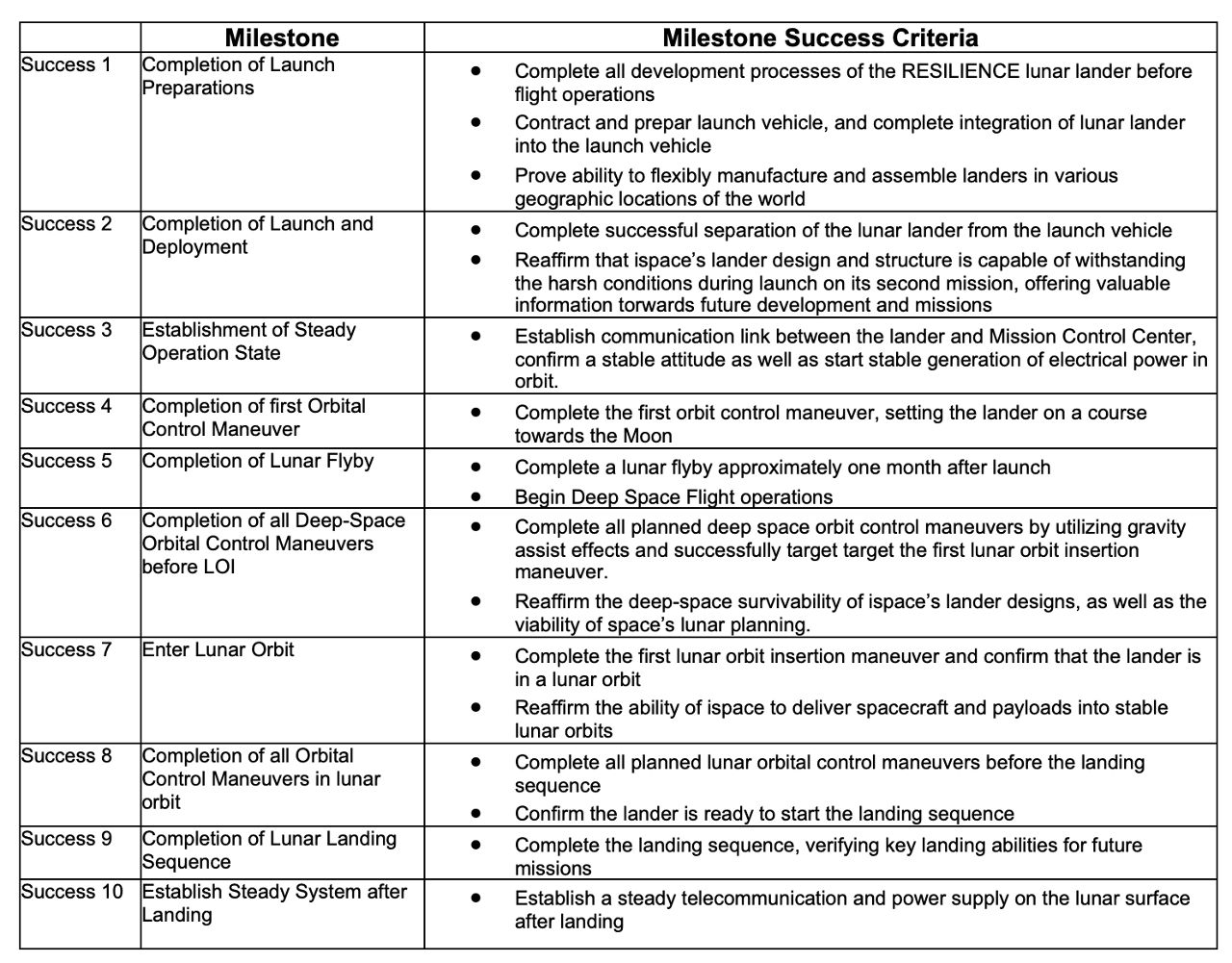
The RESILIENCE lunar lander is 8.2 feet (2.5 meters) wide and 7.5 feet (2.3 meters) in height and weighs in at about 750 pounds (340 kilograms).
Once the duo has landed on the moon, TENACIOUS will then have its own mission to complete.
TENACIOUS is tiny but built to be tough. It weighs 11 pounds (5 kilograms) and is 10 inches (26 centimeters) tall, 12.4 inches (31.5 centimeters) wide and 21 inches (54 centimeters) long.
Andrew Ames, a global communications specialist at ispace, said the little lunar rover helped get the company to where it is today.
“The origin of ispace dates back to Google Lunar XPRIZE and the design and assembly of a flight-ready lunar rover. Our rover operations are now overseen by ispace-EUROPE and a team of dedicated professionals, who designed, manufactured, assembled and tested TENACIOUS. We are very proud of being the first lunar rover to be fully completed in Europe and we are extremely excited to see the micro operate on and explore the lunar surface,” he said through an email to Spectrum News.
The mighty rover’s mission milestones include being operational and collecting lunar soil.
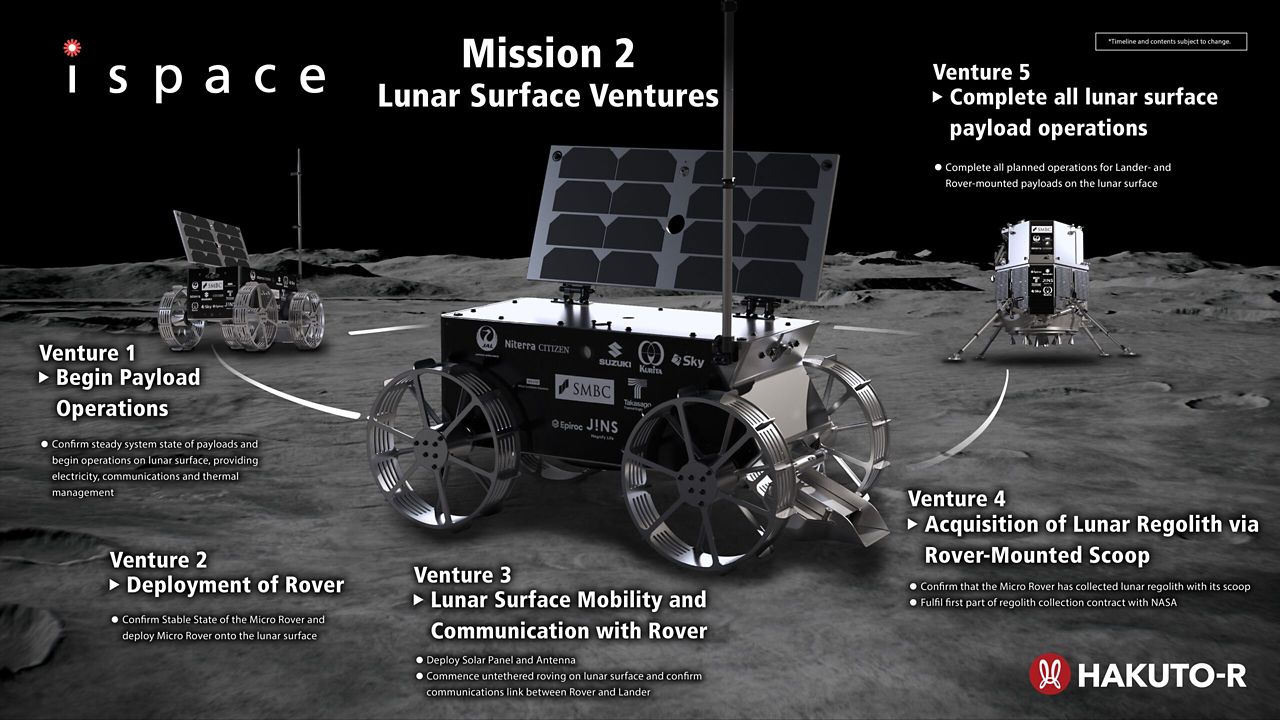
If all is successful, the lunar regolith that TENACIOUS collected will become the property of NASA because of an agreement with the U.S. space agency.
“The license allows ispace to complete a contract awarded by NASA in December 2020, to acquire regolith from the lunar surface and transfer ownership to the space agency. During the mission, ispace is expected to collect regolith that accumulates on the footpad of the landing gear of the RESILIENCE lunar lander during the touchdown on the surface, photograph the collected regolith with the TENACIOUS micro rover and conduct an ‘in-place’ transfer of ownership of the lunar regolith to NASA. After ownership transfer, the collected material becomes the property of NASA, under the Artemis program. Under the contract, the lunar regolith will not be returned to Earth,” ispace stated in a separate press release.
So, while the collected regolith will still be on the moon, it will be the property of NASA. Someone just needs to collect it.
The payloads of HAKUTO-R Mission 2
There is more than just TENACIOUS that is journeying to the moon. The mission has other payloads, ispace announced.
From artist Mikael Genberg, a small red house known as the “Moonhouse,” is attached to TENACIOUS.
The other payloads are:
- Water electrolyzer equipment from Takasago Thermal Engineering Company, a HAKUTO-R corporate partner
- A self-contained module for food production experiments from Euglena Company
- A deep space radiation probe developed by the Department of Space Science and Engineering, National Central University, Taiwan
- A commemorative alloy plate modeled after “Charter of the Universal Century” and developed by Bandai Namco Research Institute, Inc.
The importance of the mission
A lot is riding on this mission.
The first one, HAKUTO-R Mission 1, failed to land on the moon in 2023.
Takeshi Hakamada, ispace founder and chief executive officer, said at the time that engineers could not communicate with the lander.
“We have to assume that ... we could not complete the landing on the lunar surface,” Hakamada said.
The lessons learned from the first mission will be put into practice for the second one.
Ames said, “Mission 1 provided us with invaluable data and lessons learned that have been incorporated into Mission 2. Primarily, our hardware, meaning the lander itself, proved to be space worthy, traveling more than 100 days in deep space and withstanding the harsh conditions of launch and space.”
The ispace team reviewed all the aspects of the landing to determine what the cause was and through that, they were able to update the software and run it through simulations that was beyond anything the first mission went through, he stated.
This was all done to iron out “the issues that caused the hard landing,” he explained.
“Finally, we have found efficiencies in assembly, integration and testing that resulted in faster and better processes. We expect all of this and the experience gained by our workforce during Mission 1 increase our chances of a soft-landing and operations on the lunar surface,” Ames said.
The lunar lander was assembled and tested at the Japan Aerospace Exploration Agency, or better known as JAXA.
The first mission did capture stunning photos of Earth while the spacecraft was orbiting the moon and collected data that will be used for this mission.
Already looking at HAKUTO R Mission 3
Ames shared with Spectrum News that the ispace company is already planning its Mission 3, which is being led by ispace-U.S. in Denver and managed by former NASA astronaut Ronald J. Garan Jr.
“The launch is currently scheduled for launch in 2026. We expect the newly designed APEX 1.0 lunar lander to be one of the most capable landers in operation by the time it launches with lessons learned from all of our missions to date. With 300 kg of payload capacity in this first iteration, APEX 1.0 will deliver 10x more payload to the lunar surface than RESILIENCE (30 kg capacity). In partnership with Draper, this lander will deliver a suite of NASA-sponsored science payloads to the lunar surface as part of the NASA Commercial Lunar Payload Services (CLPS) Initiative,” according to Ames.




